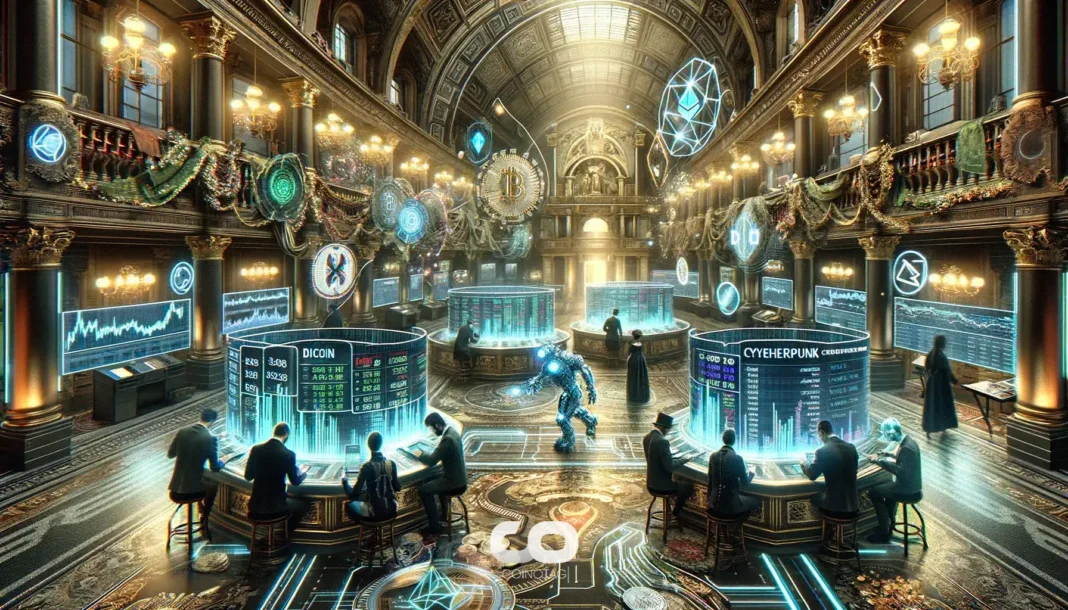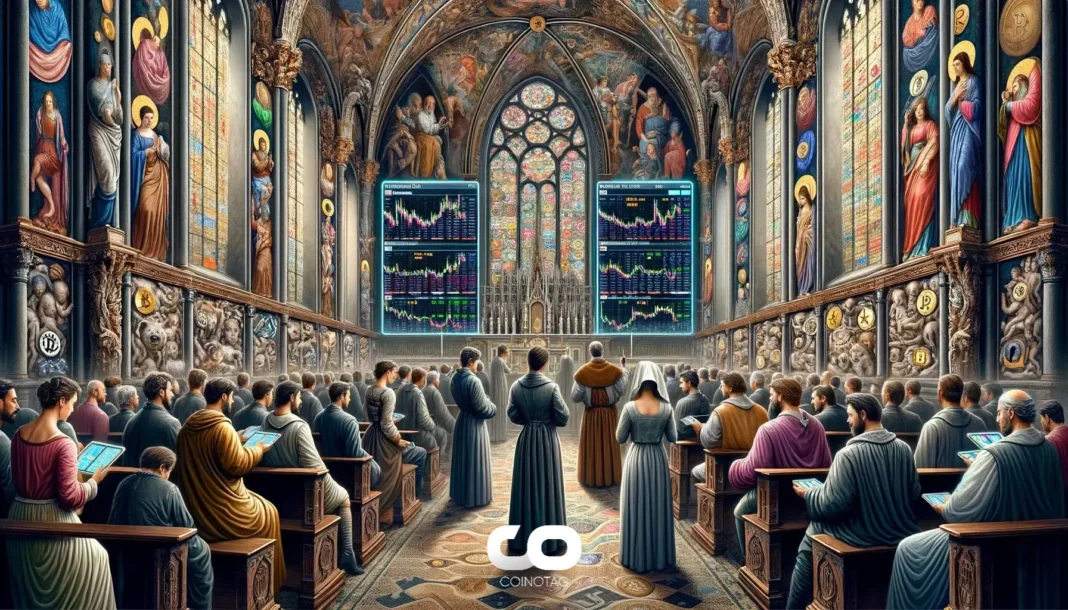Intel’s stock rally stems from large stake sales that raised roughly $18 billion, easing immediate liquidity pressure and funding foundry expansion. Investors are valuing survival and cash runway over dilution, lifting shares despite an estimated ~14% shareholder dilution.
Published: 2025-10-16 • Updated: 2025-10-16 • Author: COINOTAG
-
Capital raises of ~$18 billion gave Intel urgent liquidity to fund factory builds and operations.
-
Shareholder dilution is estimated at about 14%, and further dilution is possible if government warrants are exercised (Bloomberg).
-
Intel still needs roughly $30 billion total for its next-generation plant; the $18 billion covers a little over half.
Intel stock rally: Why shares jumped after $18B stake sales and what it means for the foundry push — read analysis and next steps from COINOTAG.
What is driving the Intel stock rally?
Intel stock rally is being driven primarily by large stake sales — about $18 billion raised from the U.S. government, SoftBank Group and Nvidia — that materially improve the company’s liquidity and fund its foundry ambitions, even as investors absorb significant shareholder dilution.
How did the stake sales and dilution affect shareholder value?
The stake sales provided an immediate cash infusion but caused substantial dilution. Bloomberg estimates shareholders were diluted by roughly 14%, with potential for more dilution if government warrants are exercised under their terms. Market participants appear to prioritize liquidity and the company’s ability to complete costly factory builds over the near-term reduction in per-share ownership. As Michael Bailey, research director at Fulton Breakefield Broenniman, put it: “Investors are front-loading all this good news and really diminishing the real cost — with all of these stake sales there’s massive dilution.”
Frequently Asked Questions
Is the Intel rally sustainable given the dilution and spending needs?
The rally’s sustainability depends on Intel’s ability to convert cash into operational momentum and customer wins for its foundry business. The $18 billion covers just over half of a cited $30 billion requirement for the next-generation plant; until meaningful client commitments materialize, some analysts — notably Frank Lee at HSBC — warn that rallies driven by stake sales may not be durable.
Why did Intel shares jump after talks with Apple?
Markets reacted positively when Intel sought potential investment from Apple, interpreting the outreach as a sign of strategic validation and a path to additional funding. That news catalyzed a further short-term rally, boosting investor confidence in Intel’s cash runway and industrial strategy.
Analysis: What the numbers and experts say
Intel’s move to raise about $18 billion — reported by Bloomberg — came amid heavy capital requirements for a foundry-scale buildout meant to compete with leading contractors. The $18 billion covers a little over half of the estimated $30 billion needed for the next-generation plant, leaving a material funding gap. Frank Lee of HSBC has signaled skepticism, cutting Intel’s rating to sell and warning that stake-sale-driven rallies may be unsustainable until customers commit. Jay Goldberg at Seaport Global framed the trade-off succinctly: “Would you rather have 80% or 70% of something, or 100% of nothing?” and shifted his view from sell to neutral, reflecting market preference for survival and liquidity.
Comparable financing moves across the AI ecosystem are reinforcing investor expectations. AMD’s transaction framework with OpenAI — described in industry reporting — included equity warrants and triggered a dramatic share response, with AMD shares jumping ~43% in three sessions. AMD also reported strong recent results: net income of $872 million last quarter and revenue of $7.7 billion (Cryptopolitan). Nvidia has likewise committed large sums to support OpenAI’s data center buildout, cited as up to $100 billion in corporate pledges, illustrating how cross-investments are reshaping capital markets and valuation dynamics in the AI cycle.
Key Takeaways
- Liquidity over dilution: Investors are rewarding immediate cash and survival prospects even when dilution is significant.
- Funding gap remains: The $18 billion raised covers a little over half of the estimated $30 billion needed for Intel’s next-generation plant; further financing or strategic partners are required.
- Event-driven optimism: Talks with large potential partners (e.g., Apple) and parallels with AI-era deals (AMD/OpenAI) are amplifying short-term rallies, but long-term value rests on customer wins and execution.
Conclusion
The Intel stock rally reflects a market preference for liquidity and the potential to execute a costly foundry pivot despite clear dilution and remaining funding needs. Industry reporting (Bloomberg, Cryptopolitan) and analyst commentary (Fulton Breakefield Broenniman, HSBC, Seaport Global) show the trade-offs investors are weighing. COINOTAG will monitor client commitments and further capital moves; sustained share gains will require tangible customer traction and execution on factory builds.







